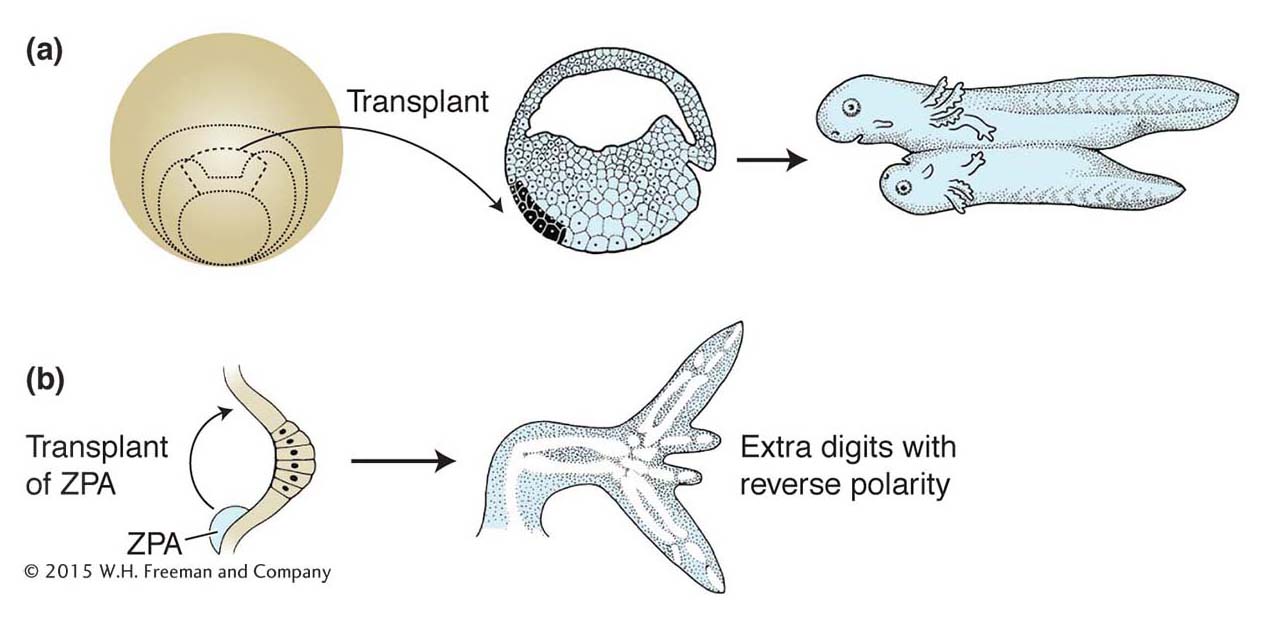
Transplantation experiments played a central role in early embryology and demonstrated the long-